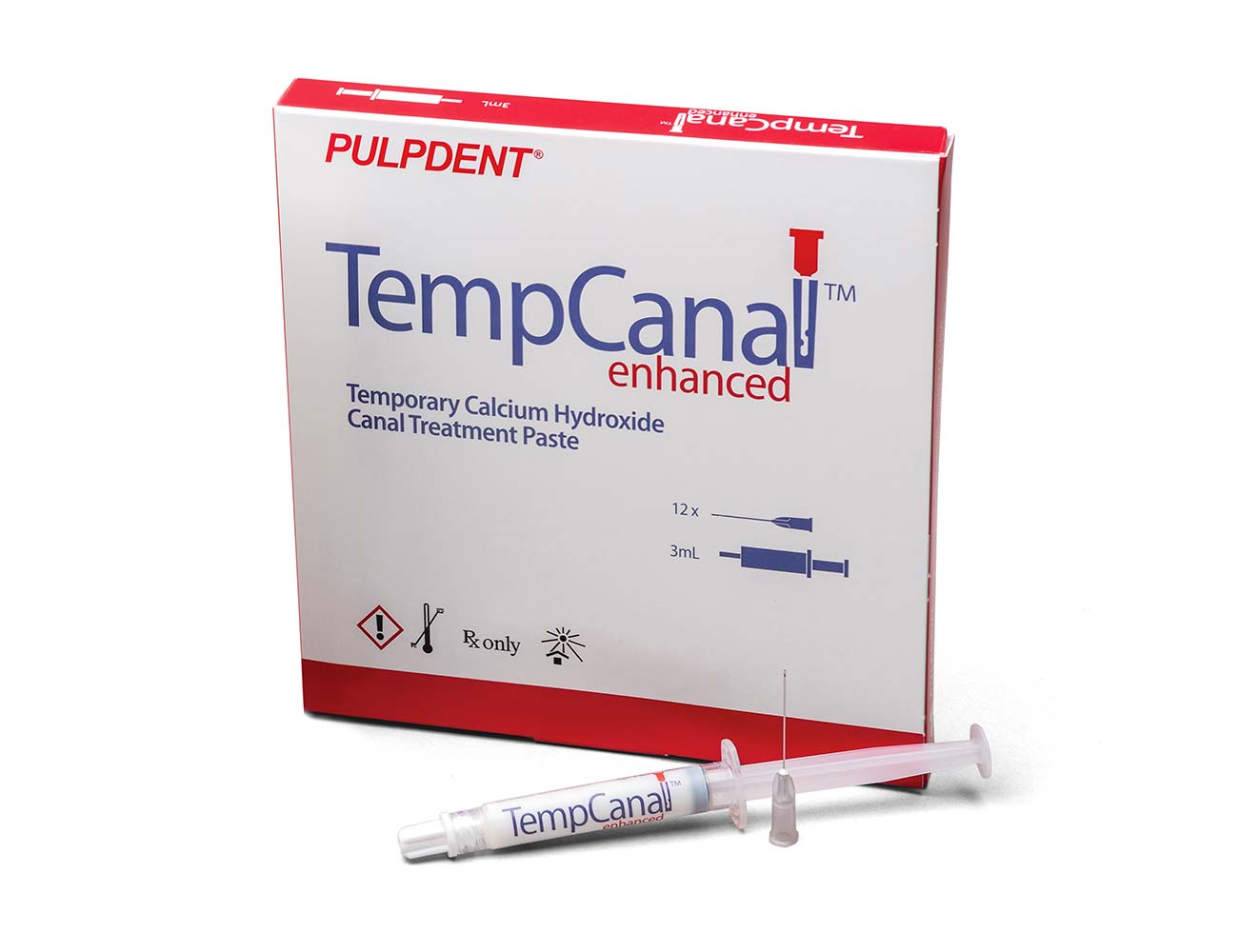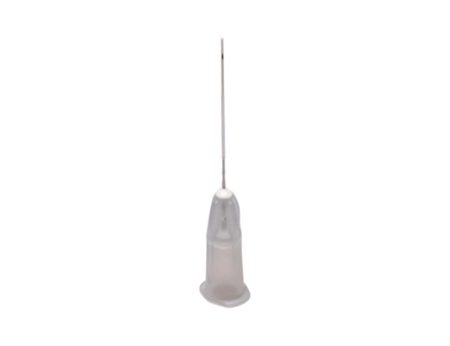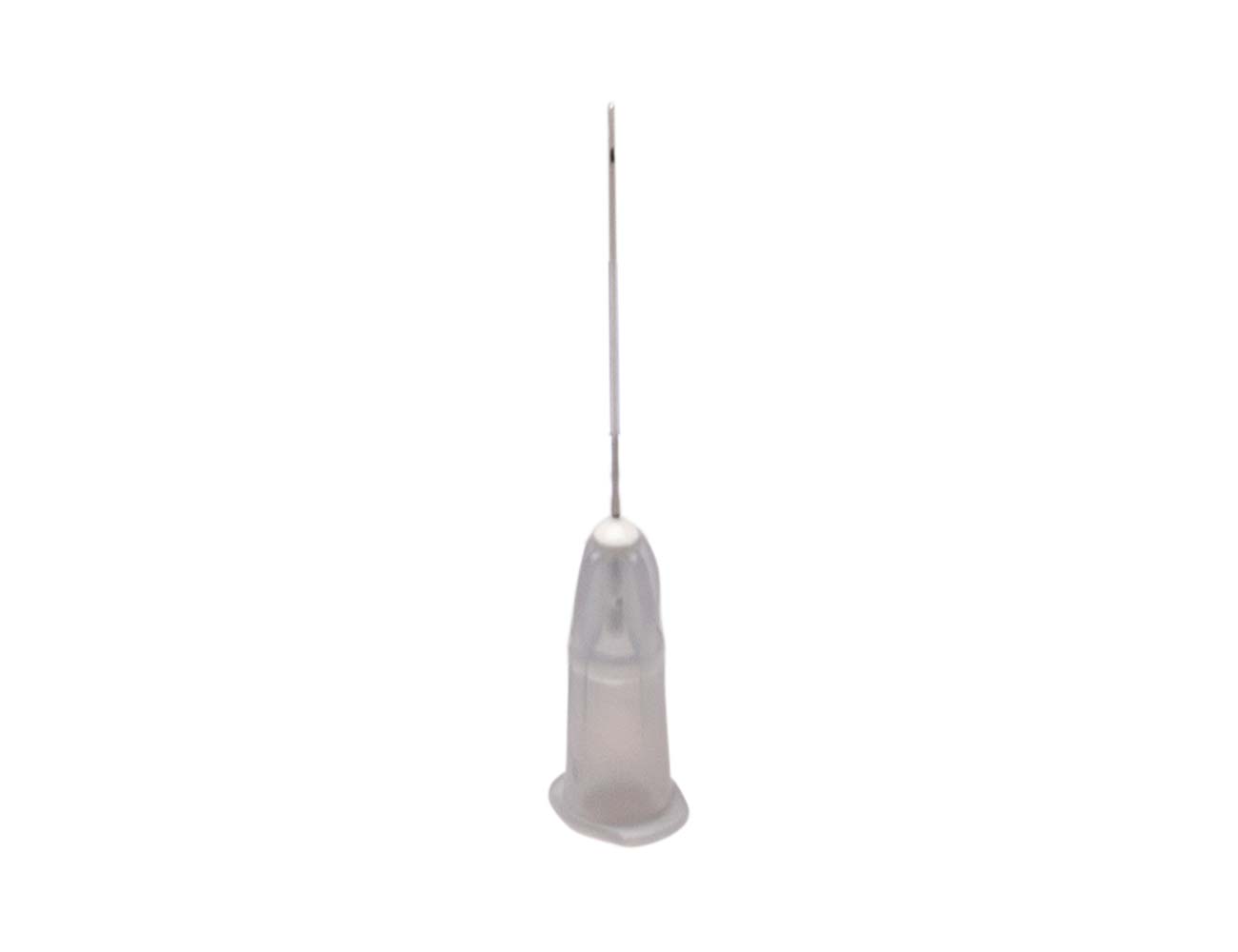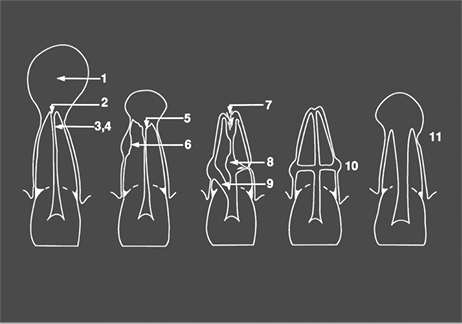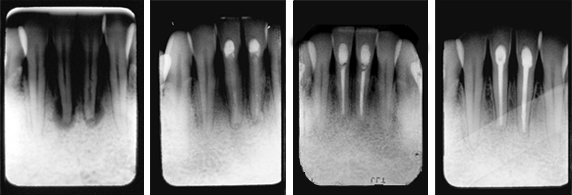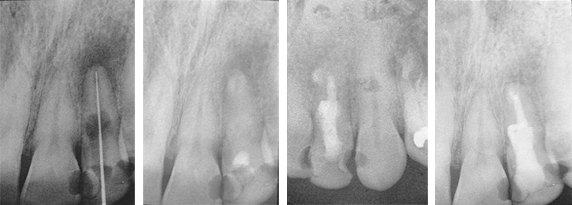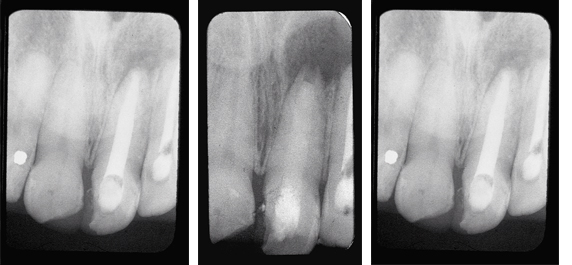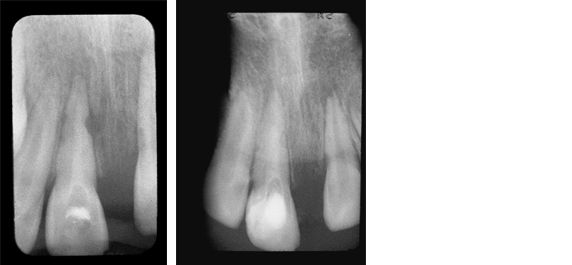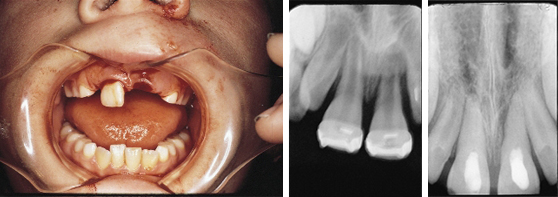
Radiopaque • Non-Setting
Description:
Temporary Calcium Hydroxide Root Canal Treatment Paste
Flows through 27-gauge x 25mm endodontic irrigation needles with 2-side-vents for controlled placement and uniform coating of canal walls, and with closed end to prevent overfills.
TempCanal™ Enhanced with pH > 12 provides full benefits of calcium hydroxide in root canal therapy.
Routine Treatment Between Office Visits
- For routine use as an intracanal dressing between office visits to cleanse the canal.
- pH > 12 cleanses canal
- Replaces hazardous formocresol
Treatment of Complicated Cases
- For complicated cases involving traumatic injury and other instances where extended calcium hydroxide therapy is indicated.
- Treats periapical lesions, abscesses, traumatic injuries, root resorption, root perforations, and weeping canals
- Stimulates apexification and apexogenesis
Preferred Delivery System
- Easy flow formula – will not clog 27-gauge needles
- Non-drying paste – long working time
- Non-setting – easily removed with file and irrigation
- Standard luer lock syringe – one-hand operation
Code and Description:
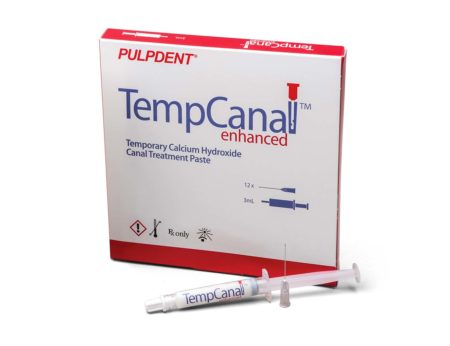
TEK – TempCanal™ Enhanced Kit: 3 mL syringe + 12 endodontic irrigation needles (27-gauge x 1″, 2-side-vent
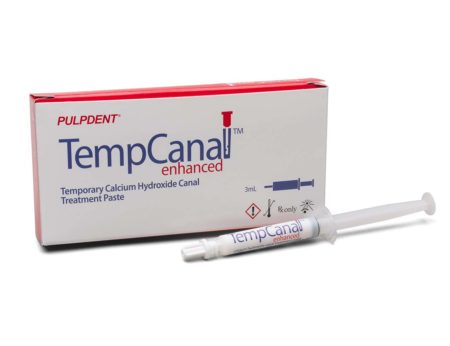
TE3 – TempCanal™ Enhanced: 3mL syringe
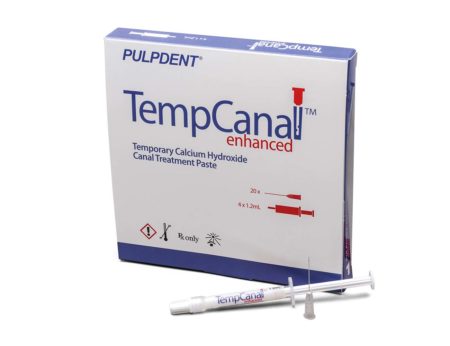
TE4 – TempCanal™ Enhanced KIT: 4 x 1.2mL syringes + 20 endodontic irrigation needles (27-gauge x 1”, 2-side-vent)
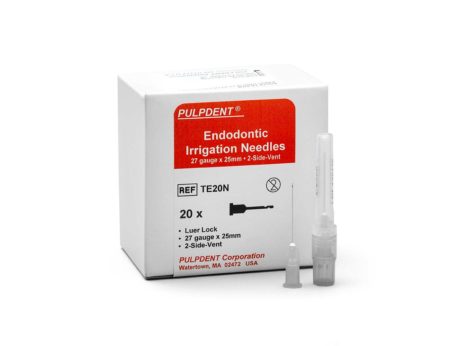
TE20N – TempCanal™ Enhanced endodontic irrigation needles, (27-gauge x 1”, 2-side-vent) Pkg. of 20
TE50N – TempCanal™ Enhanced endodontic irrigation needles, (27-gauge x 1”, 2-side-vent) Pkg. of 50
TE100N – TempCanal™ Enhanced endodontic irrigation needles, (27-gauge x 1”, 2-side-vent) Pkg. of 100
Order Now:
Product:






